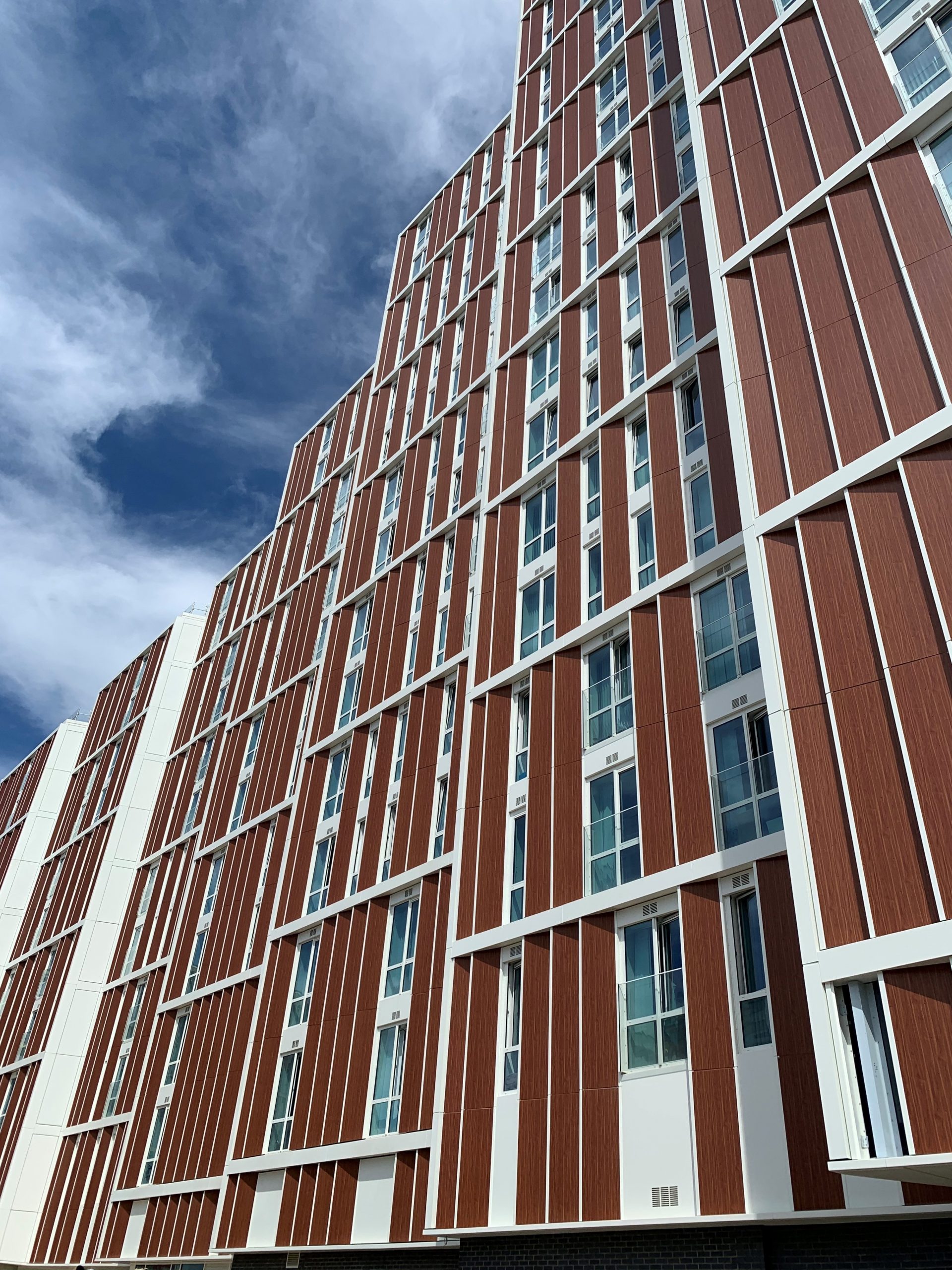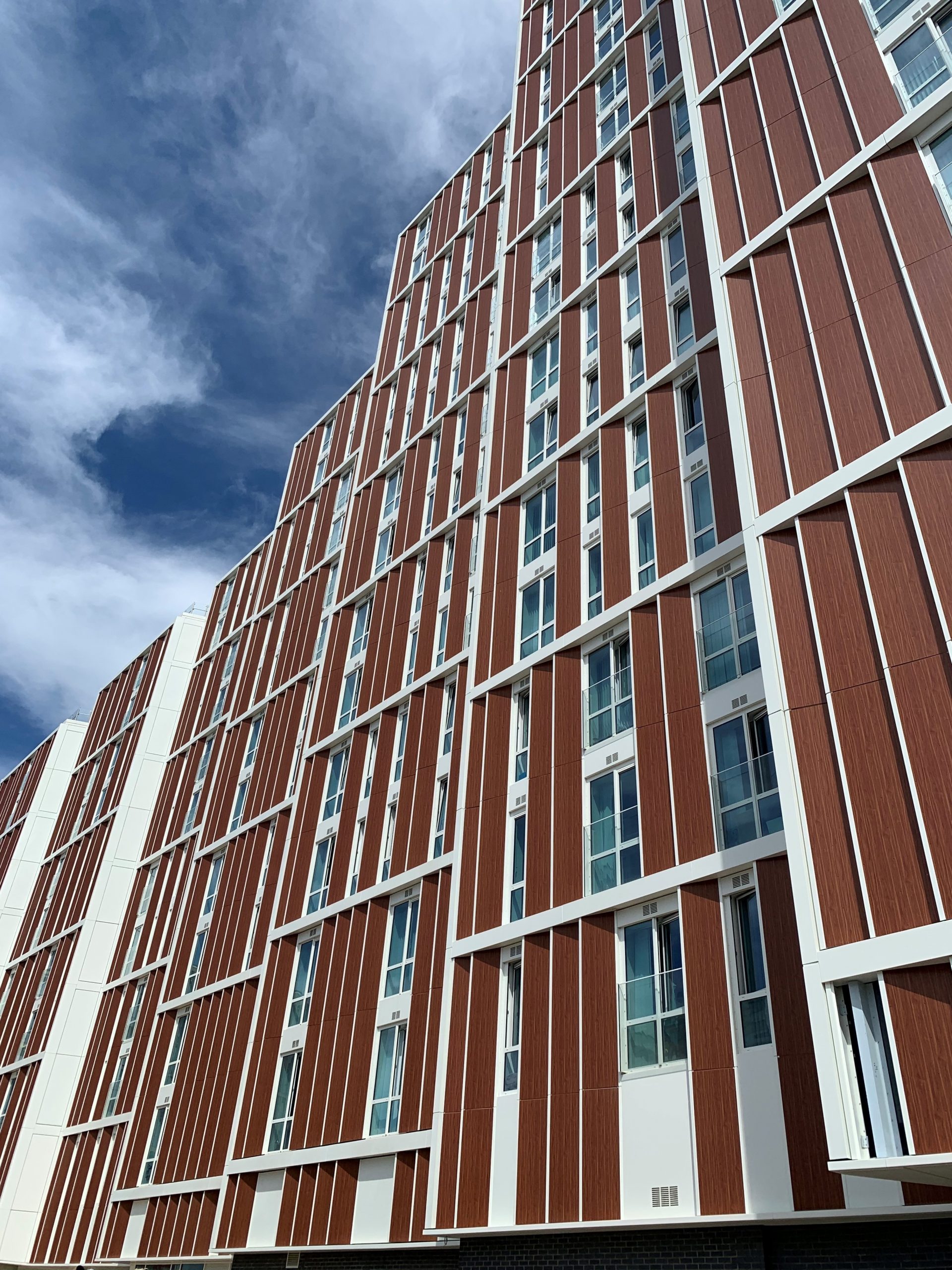Combustible cladding on high rise buildings to be banned
Posted: 9th November 2018
It has recently been announced that combustible cladding systems are to be banned for all high rise buildings in England above 18 metres (60ft). This includes all new schools, residential buildings, hospitals, care homes and student accommodation.
The policy applies to all buildings in that are currently under construction and are in the above criteria.
Why?
The policy has been put into place 15 months after the Grenfell tower fire, where flammable cladding was responsible for the spread of the blaze, which claimed 72 lives.
After the Grenfell tragedy the construction products and building elements used, have been at the forefront of all designers and clients’ minds.
The aim of the policy is to bring about a “change in culture on building safety”.
Which materials are affected?
The policy only affects materials that have NOT been classed as either A1 or A2 under European classifications.
A1 = non combustible
A2 = limited combustibility
The EN 13501 Product Classification determines a products fire performance by assessing characteristics such as, flame spread, ignitability, smoke production, heat release and capability to produce flaming droplets or particles. After completing these tests, the product is then classified from A1 to F.
Suitable materials, which have been classified as either A1 or A2, include:
- Metal
- Stone
- Glass
At Metalline, non-combustible cladding and fire resistance are of the utmost importance.
As a UK fabricator, we are committed to creating products that exceed current building regulations. Safety is at the heart of what we do.
To find out more about non combustible cladding, read our article on ‘Why you should only use non combustible cladding panels’



